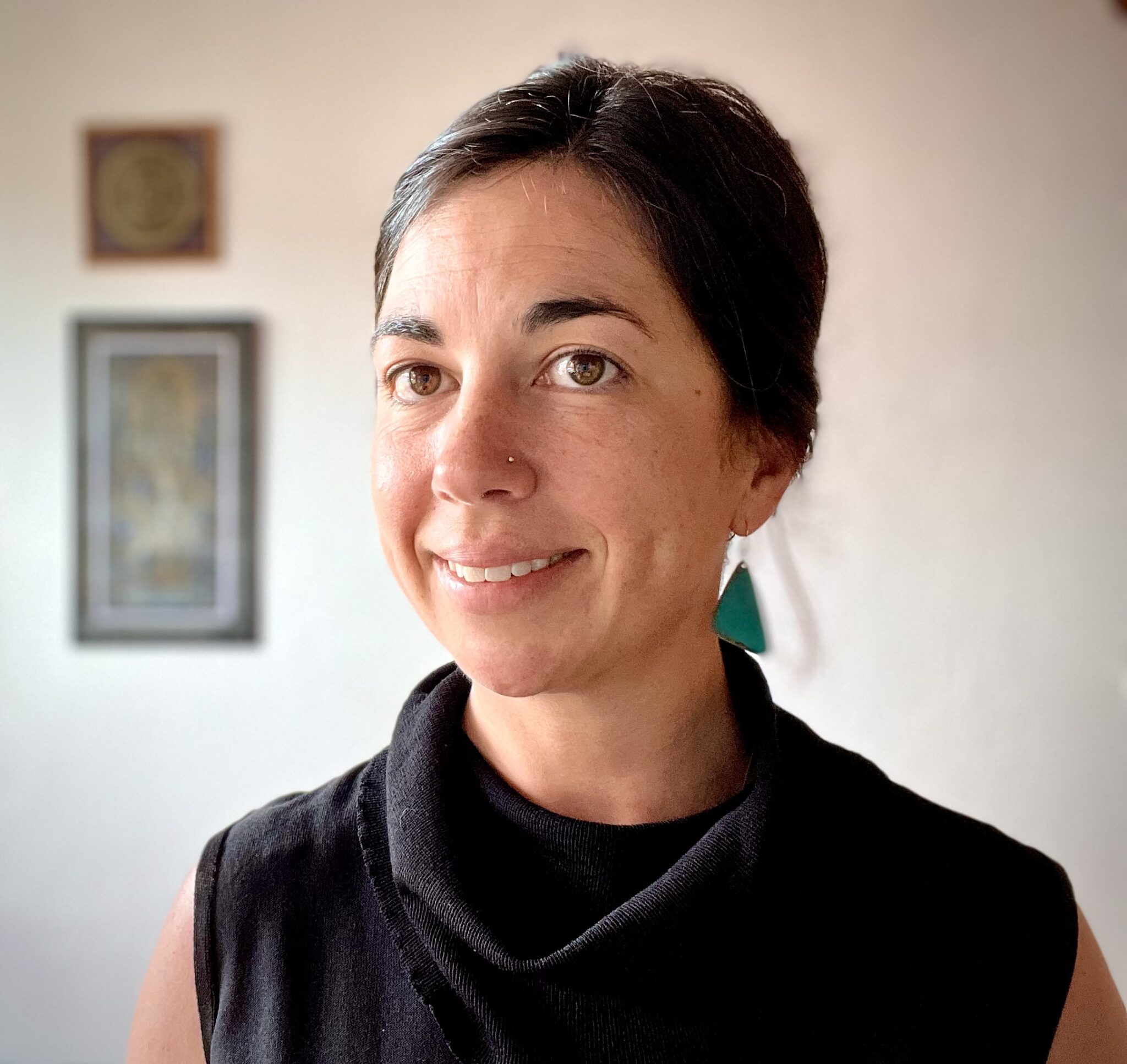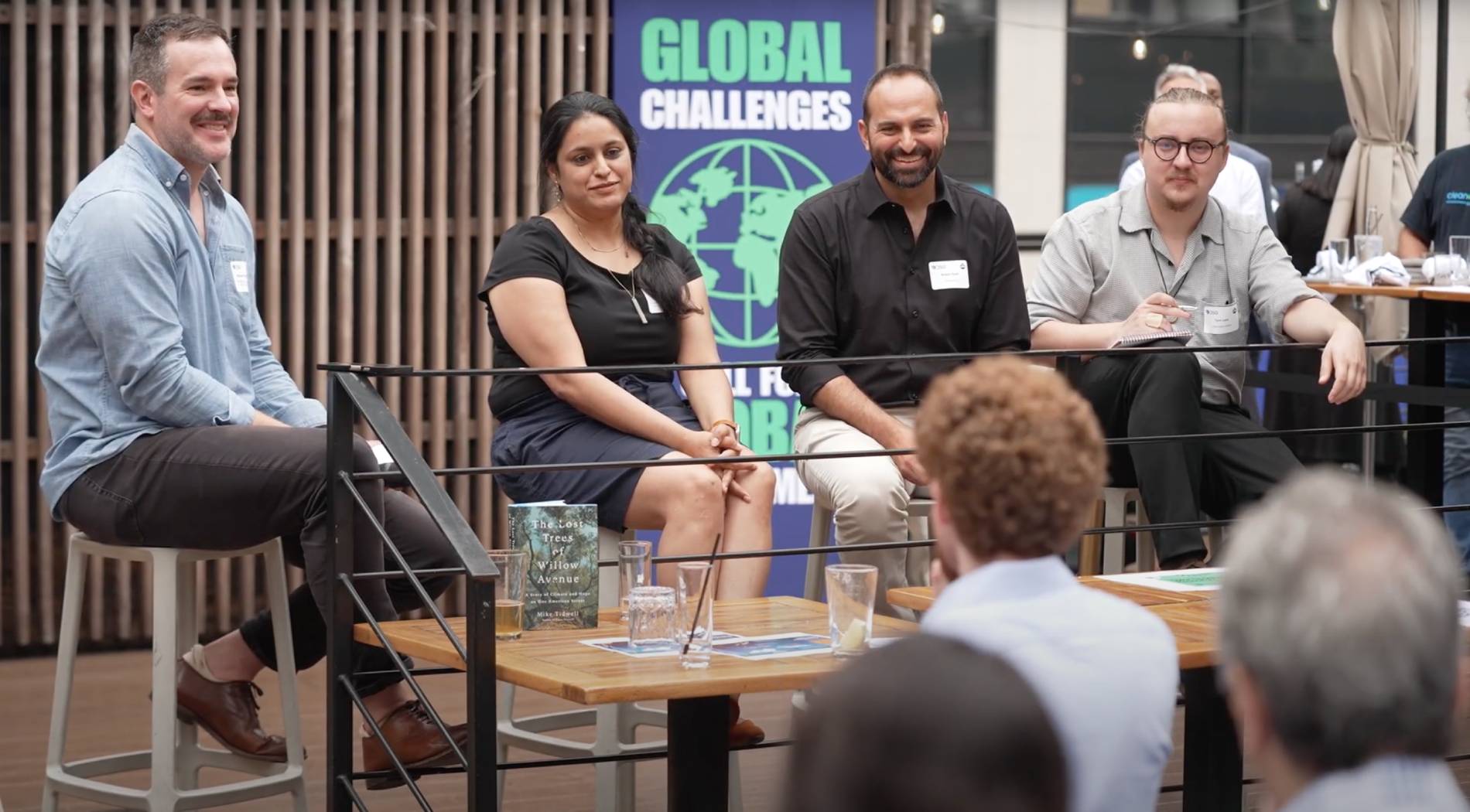Legitimacy is the Goal: Going Slowly, As Quickly As Possible

The Stakes
This year presented the planet’s third-warmest June since records began in 1850, and the year is on track to be among the four hottest ever recorded. Around the world, communities are enduring dangerous extremes — heat so intense that daily life grinds to a halt, crops wither, and health systems are strained. Yet for many, this is no longer unusual, but a worsening normal we're locked into, even as we fight to limit how much worse it gets.
At the same time, solar radiation modification (SRM) research is advancing in universities, labs, and companies worldwide. That research will continue. Decisions about how these technologies are researched—and whether and how they might be deployed—will be made, either deliberately or by default.
At DSG, our work is driven by two essential truths: decisions about SRM research and potential deployment must be legitimate, and the only path to that legitimacy is to go slowly, as quickly as possible.
What is Legitimacy?
Legitimacy is when those most affected have real agency to shape a decision if they choose to, and others can see and believe that enough of those voices were part of the process.
Actual legitimacy (a genuinely inclusive process) and perceived legitimacy (broad recognition that it was fair) are co-dependent: if the process is impeccable but invisible, you get distrust; if it looks inclusive but isn't, you get backlash. Trust lives in what people can see and verify.
For SRM governance, this means communities can trace a decision back to opportunities for input, even if they chose not to engage or disagree with the outcome. Both research governance and deployment decisions require this foundation—communities need legitimate input into what gets studied, how it's studied, who controls the research, and what deployment scenarios are even considered.
We don't pretend that every person on earth will be able to have equal say or that everyone needs to understand particle physics. Legitimacy isn't perfection—it's the best effort to create just and inclusive processes within what's reasonable and realistic. And just as every 0.1 degree of avoided warming matters, so does every step we take to prevent as much injustice as possible.
The Core Tension
Understanding SRM in the context of growing climate impacts demands urgency, while enabling legitimacy takes time. But the solution isn’t to barrel ahead with research without any constraints or to wait for perfect conditions—it's to start the essential slow work now, that is necessary for legitimacy, while moving decisively forward on building the political infrastructure on a timeline that cannot be compressed.
Why "Slow Work" Matters
Some work simply cannot be rushed or skipped.
This is true for the science. Setting baselines, building monitoring systems, minimizing uncertainties, and validating assumptions must happen before reality stress-tests them for us. Building coordination requires clear legal frameworks, aligned agencies, shared standards, and conflict-of-interest rules. Developing capacity also means ensuring analytical expertise is built in geographically diverse ways.
This is also true for the politics. Trust builds through repeated interactions, not single meetings. Communities need time to develop their own positions, separate from what experts tell them they should think. Historical wounds from broken promises require consistent presence and follow-through. Power imbalances only shift through sustained capacity building that gives communities genuine expertise and leverage. The networks that can enable better systems around decision-making, like linking local knowledge to global governance, grow through relationships that no amount of money can instantly create.
Each of these arguments for not skipping the slow work easily stand on their own, and together they are a convincing case for our approach. But the most important argument for ensuring the slow work is done well is that it is the only path to legitimate decision-making when it comes to SRM.
The Practical Case for Legitimacy
Practically, legitimacy is risk insurance. When decisions are made without community trust, predictable costs follow—research that begins may face legal challenges that freeze progress for years, funding withdrawals that strand investments, and permanent reputational damage that can affect an entire field. The long-term consequences of skipping this slow work now could include reactive bans that prevent procedural justice, SRM that delivers the worst outcomes for the most vulnerable, or SRM left under the control of the most powerful.
Consider Make Sunsets: when they launched balloons without public engagement, transparency, and scientific merit review, the backlash didn't just stop their work—it triggered a massive international story about the recklessness of the Silicon Valley ethos embedded in solar geoengineering. The Mexican government proposed a ban on solar geoengineering experiments, and there is continued skepticism about this field in the region. Lack of legitimacy can create constituencies against not just that project, but the entire field.
Conversely, legitimate processes create powerful allies. Communities that help design research protocols can become defenders of that research. Governments that participate in governance development enforce those frameworks. Funders see lower risk profiles. Researchers gain insight and understanding that improves rather than impedes their work.
We don’t yet have SRM cases that meet this standard—if we did, we’d already have models to follow. A useful analogue comes from Arctic mariculture. In 2021, PolArctic and the Inuit community of Sanikiluaq (Nunavut) co-designed an AI model to guide local mariculture. Indigenous Knowledge and Western science were treated as equal inputs and outputs were bilingual (Inuktitut/English). The results informed where to site kelp farms and which habitats to protect. Crucially, Inuit institutions adopted and scaled the work: the Qikiqtaaluk Corporation and its Inuit-owned research vessel, the RV Ludy Pudluk, trained local crews and publicly backed the model as transferable across Nunavut.
This isn’t SRM. SRM requires and asks very different questions than those asked surrounding a local intervention experiment. But the governance pattern is exactly what we’re arguing for: do the slow work first (co-design, consent, shared control, institutional alignment) and you don’t just avoid backlash—you create committed allies who defend the work and make the science better.
The Critiques
There are two overarching critiques that may unintentionally lead us to outcomes where we have no governance when decisions need to be made.
First, some who view themselves as realists will read this and think it's laughably naive. The planet is burning, people are dying, and we're talking about consultation processes? Others will say we simply don't have time—that legitimacy is a luxury we surrendered when we failed to cut emissions decades ago. But we've seen what happens when urgency overrides legitimacy across other emerging climate technologies that try to scale without creating the governance and engagement architecture in partnership with communities—they can be sabotaged, defunded, and reversed. The idea of moving fast with this work ultimately isn’t fast at all; it's a series of false starts that waste the time we can't afford to lose.
A second separate critique comes from SRM research advocates that frame the technology as an “emergency option,” “plan B” or a “back-up.” This is understandable—SRM is not what anyone would actively choose in an ideal world. Framing it this way is an effort to acknowledge this. But there is a danger in thinking of it this way. It paints a scenario (and importantly, a feeling) where SRM will only be considered in a darker future that hasn’t yet arrived. In this story, policymakers and civil society feel no urgency to build governance systems because we simply aren’t there yet; we should instead focus on research to develop technological infrastructure. But this framing doesn’t lend itself to a world where legitimacy matters. Rather, it opens the door for norms and standards like inclusion and transparency to be bypassed by those in power when last-minute decisions come to the fore—because the foundational systems to make better decisions don’t exist.
But both critiques have it backwards.
As suffering accelerates and research into solar geoengineering grows, building the capacity to govern SRM research is not an optional contingency—it’s the only path towards the ability for legitimate decision-making on SRM within the broader climate response portfolio. It does not replace emissions cuts, removals, or adaptation; it helps ensure that if SRM is ever on the table, society can make informed, accountable, and just decisions. Starting now avoids being forced into emergency shortcuts later.
The Path Forward
This isn't a call to slow down the field. It's a call to speed up the investment now in the slow, essential work required for good governance— so later choices are real, shared, and durable. Skipping foundational work guarantees we'll lose more time, as energy is spent reacting to backlash, making course corrections, and rebuilding trust that could have been earned from the start.
At DSG, we work to define the how. We're moving from vague calls for inclusion toward concrete pathways that make it real: building capacity with civil society across different geographies, developing implementable practices from governance principles, and ensuring narratives around SRM focus on justice. The choice isn't between perfect process or rapid progress. It's between building legitimacy or not, and whether or not we work towards systems capable of serving the public good.
Join Our Community
Stay informed about the latest developments in solar geoengineering and how you can make a difference. Subscribe to our newsletter for insights, updates, and opportunities to get involved.


%20(1).jpeg)



.jpg)


